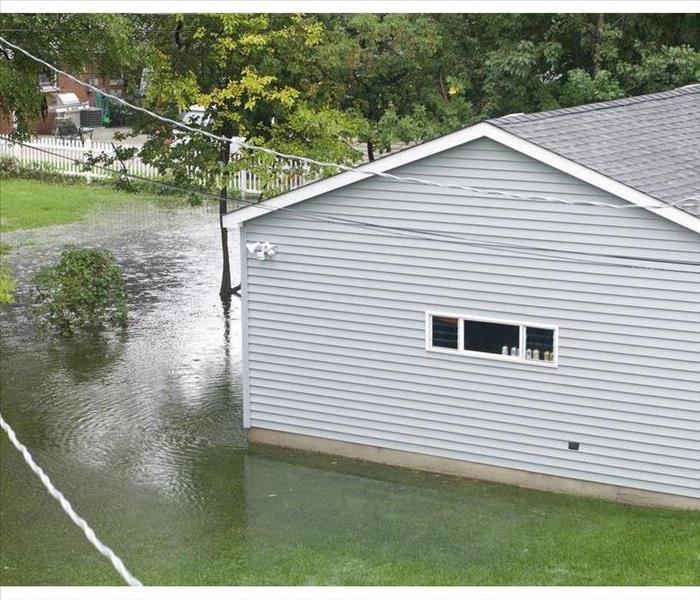Hold the High Waters: 3 Flood Scenarios You Should Know
5/27/2020 (Permalink)
Three Common Flood Scenarios
You know the ones: the jeans that, for whatever reason, are just too short, but you kept them anyway. You may occasionally throw on your “floods” for yard work, but in a real flood, it’s better to avoid contaminated water. Here’s what to do in three common flood scenarios in Cary, NC.
1. Clean Water
If the supply line to your refrigerator’s ice dispenser has ever ruptured, you’ve experienced a Category 1, or clean water, leak. A water damage repair specialist should make the official diagnosis, but water leaking from a source you’d drink from or bathe in is most likely Category 1. Here, you should shut off the water main to your house and turn off the electricity at the breaker box; then call for assistance. Opening the windows or turning on a fan can also help mitigate mold growth while you wait for help to arrive.
2. Contaminated Water
Storm runoff, agricultural pollution, and untreated groundwater are all common types of Category 2 water. Contaminants such as lawn fertilizers, ice melt, and other chemicals also create Category 2 water. While these substances have their purpose, you don’t want them leaking into your house through a broken pipe in the ground. This may cause irrigation drainage to seep into the house’s foundation or basement. If it’s safe to do so, turn off the irrigation water main. Otherwise, bypass the area and get help.
3. Sewer or Outside Flood
A ruptured sewer line, storm overflow or other catastrophic event can produce a Category 3 flood. Depending on the severity of the surge, this water (also known as black water) could contain physical, chemical or biological contaminants. It’s important to avoid wading or swimming in such water, especially if you have open wounds. If you’re at home when this happens, go to a secure place (such as a top floor) and call an emergency restoration service as soon as possible.
Experiencing any level of flood can be stressful. With these tips, you’ll be better prepared to navigate contaminated water — with or without your high water jeans.

 24/7 Emergency Service
24/7 Emergency Service
